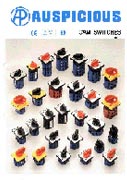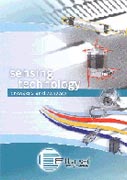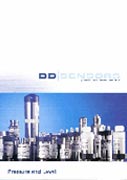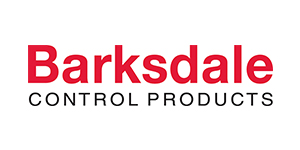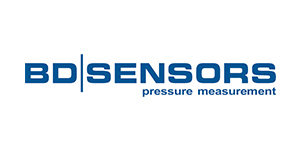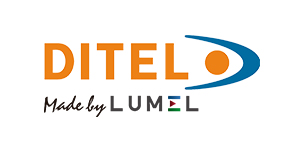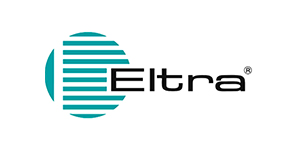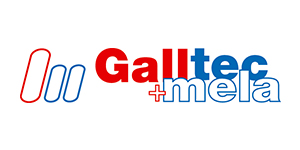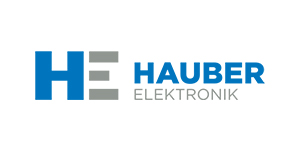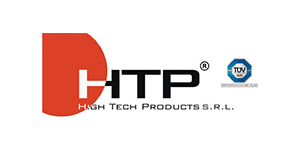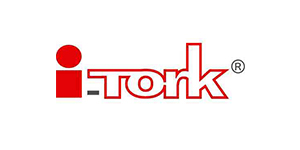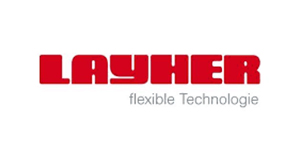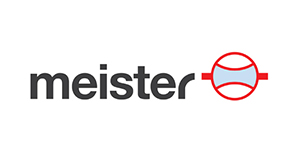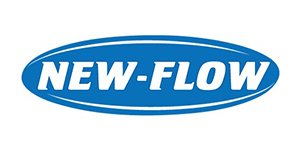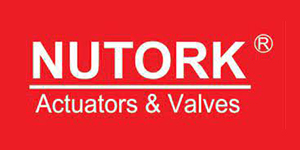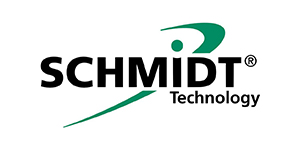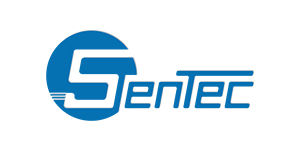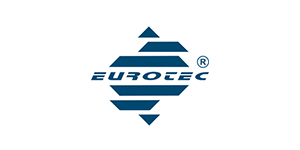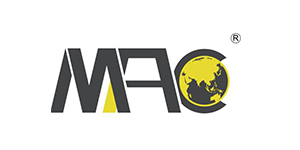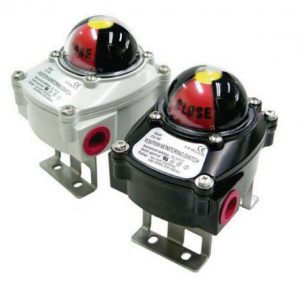
Introduction
Rotary encoders are critical components in the automation market. They provide precise and accurate position and motion feedback for machines, processes, and systems. In this article, we will explore the different types of rotary encoders available, their applications in the automation market, and the benefits they offer.
Types of Rotary Encoders There are two main types of rotary encoders used in the automation market:
- Absolute Rotary Encoders: Absolute rotary encoders provide a unique position code for every shaft position. They can measure the position of the shaft at any given time, even after a power loss or system shutdown. Absolute rotary encoders are ideal for applications where accuracy and precision are critical.
- Incremental Rotary Encoders: Incremental rotary encoders measure changes in shaft position. They provide relative position feedback, meaning that they can only measure changes in position since the last reference point. Incremental rotary encoders are ideal for applications where high speed and low cost are more important than absolute position accuracy.
Applications of Rotary Encoders in the Automation Market Rotary encoders have numerous applications in the automation market. Some of the most common applications of rotary encoders in the automation market include:
- Motion Control: Rotary encoders are used in motion control to provide precise position and motion feedback. This allows machines, processes, and systems to accurately control position, speed,
- and acceleration.
- Robotics: Rotary encoders are used in robotics to provide precise position and motion feedback. This allows robots to accurately control their movements and perform complex tasks.
- CNC Machines: Rotary encoders are used in CNC machines to provide precise position and motion feedback. This allows CNC machines to accurately control the movement of cutting tools and other machine components.
Benefits of Rotary Encoders in the Automation Market Rotary encoders offer several benefits in the automation market, including:
- Precise Position and Motion Feedback: Rotary encoders provide precise and accurate position and motion feedback for machines, processes, and systems. This allows for more precise control of position, speed, and acceleration, leading to improved performance and efficiency.
- Real-Time Data: Rotary encoders provide real-time position and motion data, allowing operators and users to monitor machine performance and adjust as needed.
- Increased Safety: Rotary encoders increase safety by providing precise and accurate position and motion feedback. This allows operators and users to identify potential safety hazards and take corrective action.
Conclusion
Rotary encoders are critical components in the automation market, providing precise and accurate position and motion feedback for machines, processes, and systems. There are two main types of rotary encoders available, absolute rotary encoders and incremental rotary encoders, each with its own set of advantages and disadvantages. Rotary encoders have numerous applications in the automation market, including motion control, robotics, and CNC machines. They offer several benefits, including precise position and motion feedback, real-time data, and increased safety. With their widespread use and versatility, rotary encoders are likely to remain an integral part of the automation market for many years to come.

